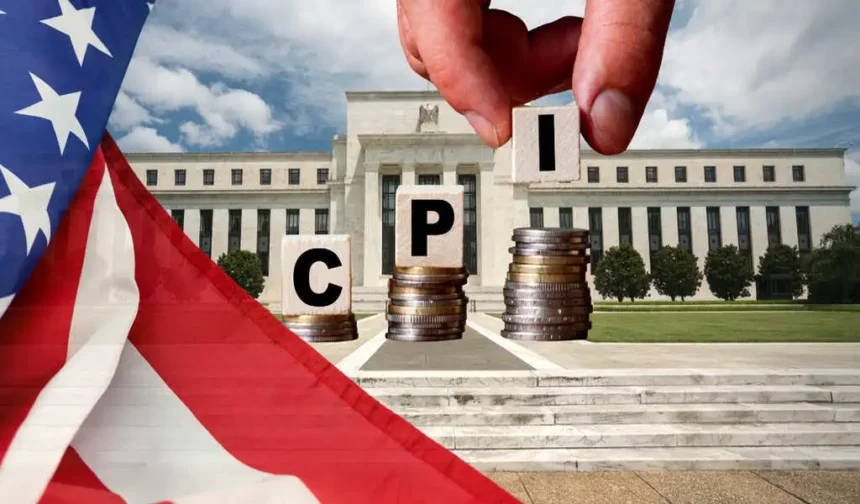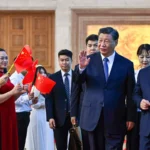(CTN News) – According to a study issued by the Bureau of Labor Statistics on Thursday, the rate of consumer price inflation in March was significantly lower than expected.
This happened while President Donald Trump was preparing to impose tariffs on American trading partners.
When adjusting for seasonal influences, the consumer price index—a comprehensive indicator of the costs of goods and services across the US economy—showed a 0.1% decline in March. Inflation over the previous 12 months was 2.4%, down from 2.8% in February.
When food and energy were taken out of the equation, the so-called core inflation rate, which increased by 0.1% for the month, was 2.8% annually. When the computation was completed, this was the situation.
Core inflation fell to its lowest quarterly rate since March 2021.
According to the Dow Jones consensus, Wall Street had been expecting a headline inflation rate of 2.6% and a core inflation rate of 3%.
Energy costs decreased as a result of a 2.4% decline in the overall energy index. The 6.3% drop in petrol prices was the main cause of this. As a consequence, inflation was controlled. So far this month, food prices have gone up by 0.4%. The price of eggs went up 5.9% from the previous year, making the total rise 60.4%.
In March, housing costs—one of the most stubborn aspects of inflation—up by just 0.2%, and over a year, they rose by 4%, the least amount since November 2021.
Used car prices decreased by 0.7% and new car prices climbed by just 0.1% before the imposition of tariffs that were expected to have a major effect on the automotive sector.
During March, the price of motor vehicle insurance dropped by 0.8%, the price of prescription drugs decreased by 2%, and the price of airline tickets decreased by 5.3%.
In addition to the interest rates on Treasury securities being negative, stock market futures forecast that Wall Street would open at a much lower level right after the announcement.
President Trump abruptly changed his strategy about some of his tariff targets a day after declaring that he would postpone the imposition of some of the worst tariffs that had been applied to dozens of nations. The public gets shown the report a day following that announcement. Instead, Donald Trump decided to slap a standard 10 percent tax on all imports.
Additionally, he set a 90-day window for White House negotiations on the new tariffs.
Trump has failed to lower inflation despite campaign promises in 2025.
The Federal Reserve has been asked by the President of the United States to lower the current interest rates. Central bank officials have indicated that they are reluctant to move despite the high level of policy uncertainty in the air; market pricing indicates that the Federal Reserve will wait until June before lowering interest rates again.
Although most economists believe that the nature of the tariffs will cause inflation to rise significantly, these projections are becoming less clear in light of Trump’s declaration that he is open to discussions.
The Consumer Price Index (CPI) release that was announced today was lower than expected, according to Kay Haigh, global co-head of fixed income and liquidity solutions at Goldman Sachs Asset Management, given the substantial changes in trade policy that have occurred over the past few days.
Given that economic activity is still declining and tariff-driven price increases are starting to appear in inflation data, it is likely that the Fed will face a difficult trade-off in the future.
The pricing of futures on the market showed that market expectations for interest rates had not moved much after the CPI was announced. Prior to the year’s end, investors expected three or four rate cuts.
SOURCE: CNBC
SEE ALSO:
Defense Minister Warns Abuse of Conscripts Will Not Be Tolerated
Viral Video Shows Busking Mother Returning Dropped Cash, Refuses Reward

Salman Ahmad is known for his significant contributions to esteemed publications like the Times of India and the Express Tribune. Salman has carved a niche as a freelance journalist, combining thorough research with engaging reporting.














